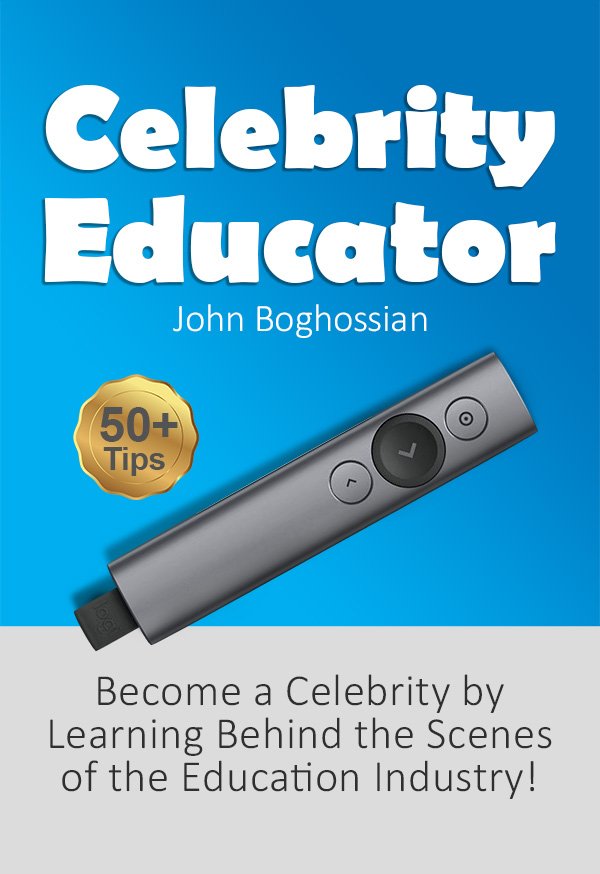Contents
- 1 How to Focus on Value in Educational Products
- 1.1 1. Understand the Target Audience
- 1.2 2. Define Educational Objectives
- 1.3 3. Create Engaging Content
- 1.4 4. Incorporate Feedback Mechanisms
- 1.5 5. Monitor and Measure Effectiveness
- 1.6 6. Ensure Accessibility
- 1.7 7. Offer Support and Resources
- 1.8 8. Maintain Quality and Consistency
- 1.9 9. Emphasize Cost-Effectiveness
- 1.10 Conclusion
How to Focus on Value in Educational Products
Focusing on value in educational products is crucial for meeting the needs of learners and ensuring their success. This guide outlines key areas to consider when developing or assessing educational products.
1. Understand the Target Audience
- Identify Learners’ Needs: Understand who the learners are and what their specific requirements entail.
- Conduct Surveys and Interviews: Gather insights directly from potential users to tailor products effectively.
2. Define Educational Objectives
- Set Clear Goals: Establish what the educational product aims to achieve.
- Align Objectives with Learning Standards: Ensure the goals meet educational standards and expectations.
3. Create Engaging Content
- Use Interactive Elements: Incorporate videos, quizzes, and activities to engage learners.
- Stay Relevant: Make sure the content is up-to-date and applicable to real-world scenarios.
4. Incorporate Feedback Mechanisms
- Collect User Feedback: Include options for learners to provide feedback on content and usability.
- Iterate Based on Responses: Make improvements based on feedback to enhance value.
5. Monitor and Measure Effectiveness
- Use Analytics Tools: Track learners’ progress and product usage to measure the impact.
- Analyze Outcomes: Evaluate whether the educational objectives are being met, and adjust accordingly.
6. Ensure Accessibility
- Design for All Users: Make products accessible to individuals with diverse needs.
- Follow Accessibility Standards: Adhere to guidelines that ensure inclusivity.
7. Offer Support and Resources
- Provide Additional Learning Materials: Include guides, FAQs, and additional resources to aid learners.
- Establish a Support System: Offer channels for users to receive help and advice when needed.
8. Maintain Quality and Consistency
- Regular Content Updates: Ensure that materials are current and reflect latest research and methodologies.
- Quality Assurance Processes: Implement a review system to maintain high standards across all educational products.
9. Emphasize Cost-Effectiveness
- Consider Pricing Strategies: Balance quality with affordability to reach a wider audience.
- Highlight Value Proposition: Clearly communicate the benefits and return on investment for users.
Conclusion
Focusing on value in educational products enhances both the learner’s experience and the product’s effectiveness. By understanding the audience, defining clear objectives, and prioritizing quality, developers can create products that truly make a difference in education.








